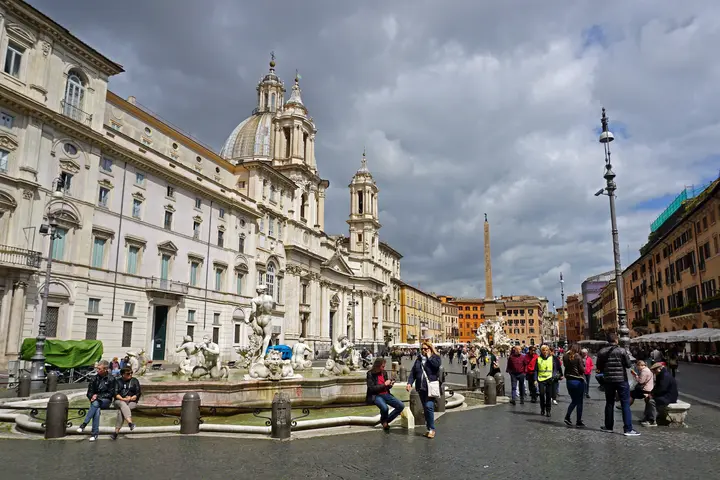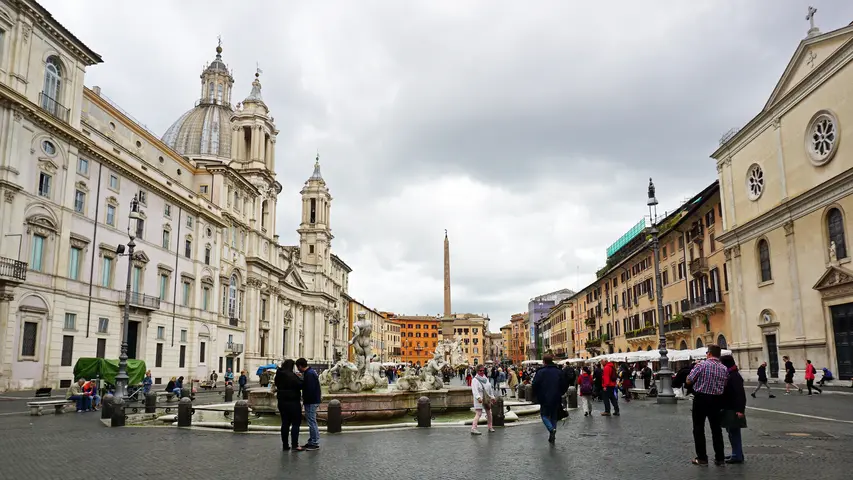Piazza Navona
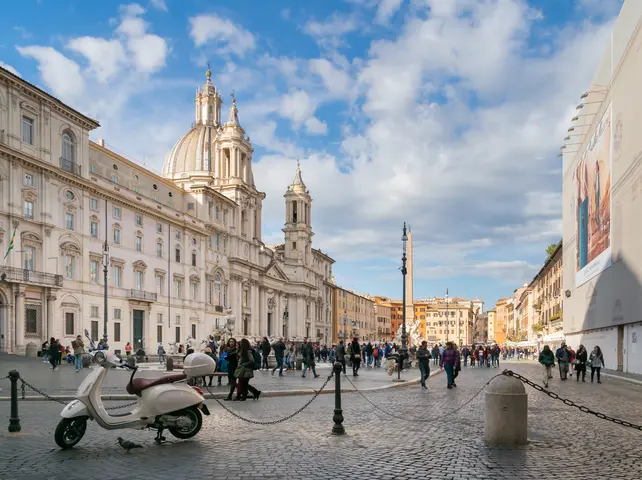
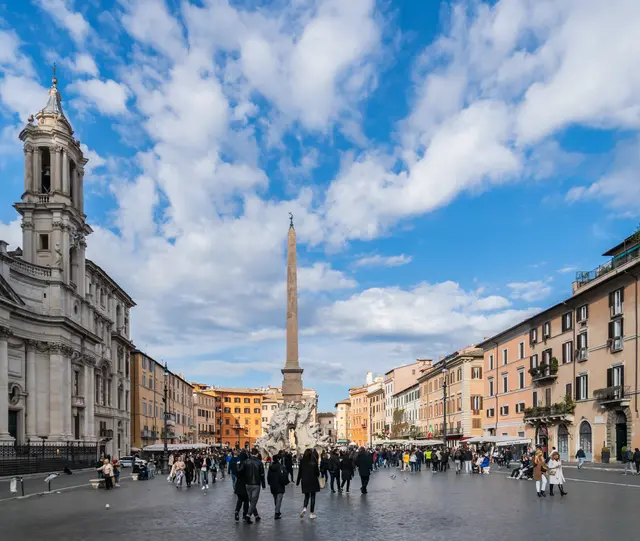
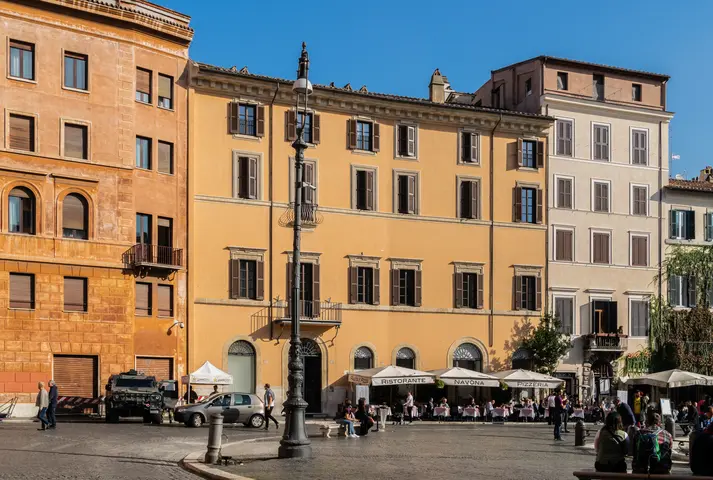
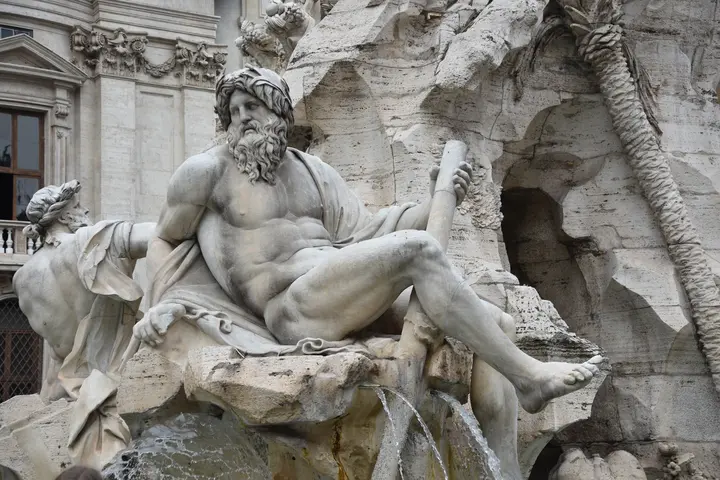
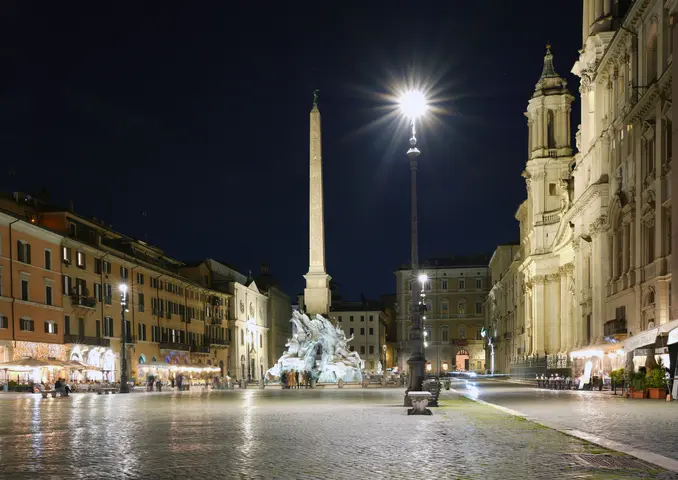
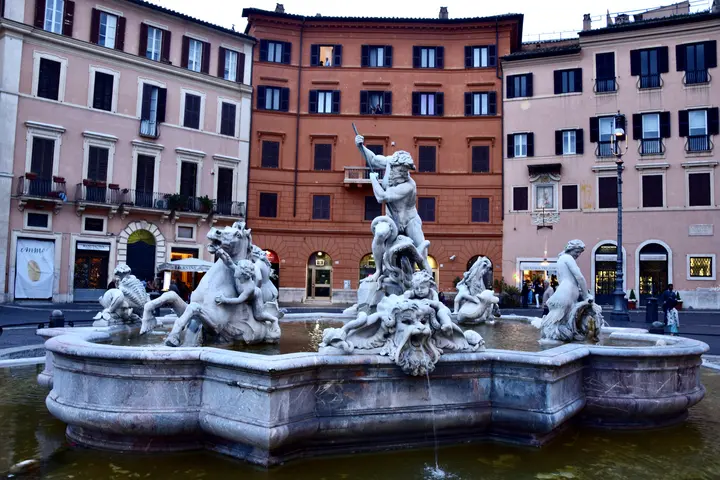
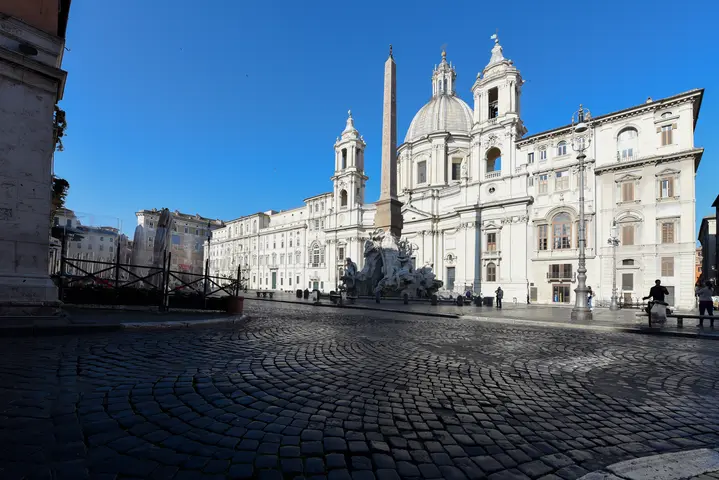
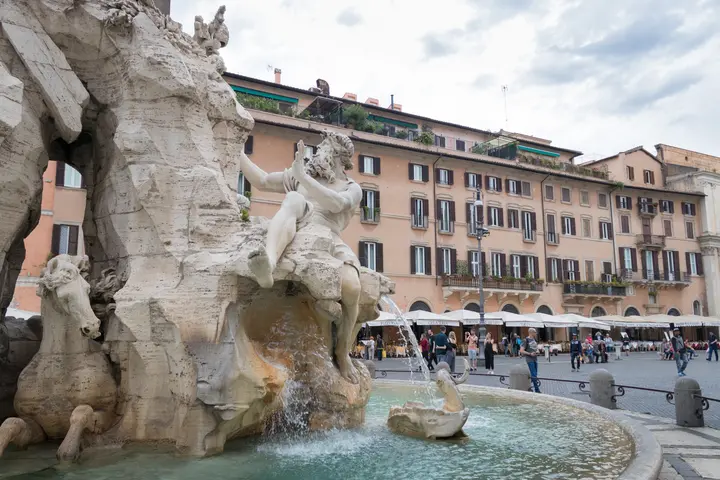
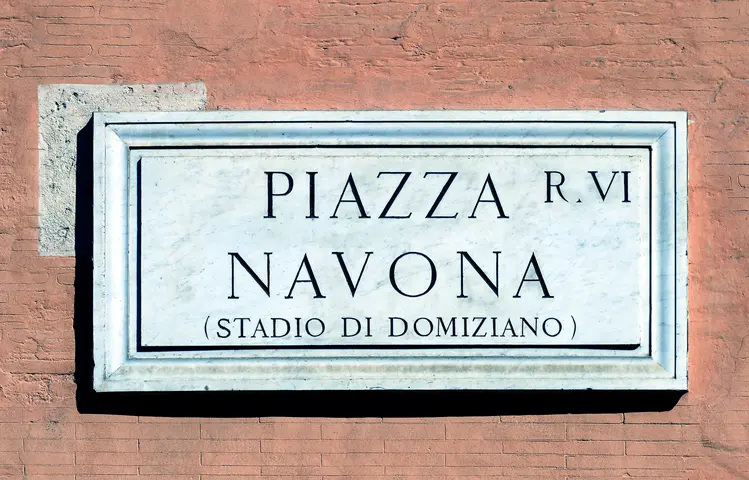
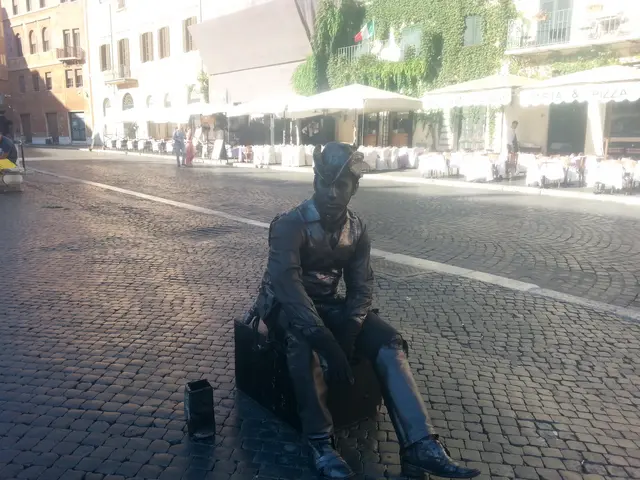
Introduction
Piazza Navona in Rome is a piazza where history truly lives. Built atop a Roman stadium, this lively square has welcomed emperors, markets, artists, and everyday Romans for centuries. Piazza Navona’s architecture and fountains tell a story shaped by athletics, faith, and Baroque art. Today, strolling under its church domes, we encounter a living link to Rome’s layered past.
Advertisement
Historic Highlights
🏟️ Roman Stadium Foundations
Piazza Navona’s journey starts with the Stadium of Domitian, built in 86 AD. This “circus agonalis” echoed with athletic competition—foot-races, not gladiators—and could seat 30,000 spectators. Its long oval shape, curving at the north end, still defines the piazza’s outline. In local tradition, Saint Agnes was martyred here in the early fourth century, inspiring the future church on this very ground.
“The Senate voted to consecrate an altar to Pax Augusta … in the Campus Martius.”
— Augustus, Res Gestae
🏛️ From Market to Baroque Splendor
After the empire, the arena became a crowded neighborhood and informal market. The big change came in 1477, when Pope Sixtus IV officially moved Rome’s main market here, shaping Piazza Navona as a city hub. The market’s bustle drew noble families, and by the 1600s, the square hosted grand palaces and lively commerce. Then, Pope Innocent X transformed it further. His vision: turn this space into a Baroque masterpiece reflecting Pamphilj family power.
⛲ Fountains, Myth, and Rivalry
Bernini’s breathtaking Fontana dei Quattro Fiumi (Fountain of the Four Rivers) was unveiled in 1651 at the piazza’s center, crowned by an ancient obelisk. Bernini’s river gods, sculpted by his team, symbolized the world’s great rivers. Meanwhile, Borromini designed Sant’Agnese in Agone, with its undulating façade. Stories abound that Bernini’s statues “turn away” from Borromini’s work—but in truth, the famous gestures have other meanings.
“Enough with obelisks and fountains! What we want is bread, bread, bread!”
— Pasquino Pasquinade, 1650s
🎉 Traditions and Living Culture
Piazza Navona wasn’t just for show. Summer once brought the “Lake of Piazza Navona,” when fountain drains were stopped, filling the square with shallow water—a moment of cool relief and playful splashing. William Wetmore Story, an American observer in 1862, wrote about carriages “weltering nave-deep in the water ... giving the passengers an improvised bath.” Today, echoes of the market remain in annual festivals like the Befana fair, where locals shop amid holiday lights and sweets.
💡 Visitor Tip
Peek below street level at the underground museum to see brick arches from Domitian’s stadium—the ancient roots beneath your steps. Savor a coffee near the fountains and imagine centuries of Romans gathering here, just as we do now.
Timeline & Context
Historical Timeline
- 86 AD – Emperor Domitian builds athletic stadium on the site.
- 4th century – Martyrdom of Saint Agnes in or near the stadium.
- 8th–12th centuries – Oratory, then church, dedicated to Saint Agnes established.
- 1477 – Pope Sixtus IV moves Rome's main market to Piazza Navona.
- 1644–1655 – Baroque transformation under Pope Innocent X Pamphilj; Palazzo Pamphilj constructed.
- 1651 – Bernini unveils the Fountain of the Four Rivers.
- 1652–1670s – Construction of Sant’Agnese in Agone (Rainaldi and Borromini).
- 1866 – Last “Lake Navona” flooding tradition ends.
- 1869 – Produce market relocates to Campo de’ Fiori.
- 1980/1990 – Historic center, including Piazza Navona, declared UNESCO World Heritage Site.
- 2020–2024 – Major restorations of fountains ahead of the Jubilee.
Urban Adaptation and Archaeological Continuity
Piazza Navona epitomizes urban stratification: its long U-shaped outline preserves the Roman stadium's footprint, while all visible architecture reflects later periods. Unlike the Circus Maximus, which became pasture, Navona evolved into a vibrant piazza, showcasing successful urban continuity. The ancient foundations remain crucial—the underlying arches can be visited and give tangible evidence of Domitian’s ambitions, connecting visitors with imperial Rome.
The Baroque Piazza: Art, Politics, and Public Space
The Baroque transformation was a deliberate blend of self-promotion and city enhancement. Guided by Innocent X, the Pamphilj family positioned themselves at the square’s center—politically, spiritually, and physically—by building their palace and family church along the piazza's west side. Bernini’s Fountain of the Four Rivers brilliantly combined theater, hydraulics, and iconography, using ancient Roman spolia (the obelisk) to invoke imperial grandeur. Rival architect Borromini’s contribution, Sant’Agnese’s undulating façade and campanili, offered the square a new level of scenography—real Baroque interplay between architecture and space. Myths about Bernini and Borromini’s rivalry reflect how urban legends shape our perception of the art, blurring lines between history and folklore.
Market, Festival, and Roman Identity
The square’s official market function, established by Sixtus IV in 1477, and its centuries of Wednesday markets made Piazza Navona the pulse of food and trade in Rome. Even after the market shifted to Campo de’ Fiori in the late 19th century, popular festivals—the Befana fair at Epiphany, saints’ day celebrations—preserved Navona’s role as the city’s “drawing room.” The legendary Inundation of Piazza Navona, with Rome turning its fountain square into a lively lake, became a cherished memory and a symbol of playful resilience. This kind of adaptive reuse, blending ancient infrastructure with festive tradition, is distinctive in Rome’s urban history.
Folklore, Protest, and Social Voice
Piazza Navona was never just a showcase for papal grandeur. Through the city’s “talking statue” Pasquino (located at the piazza’s southwest corner), Romans aired satirical critiques. The famous lampoon, “Enough with obelisks and fountains! What we want is bread,” reflects the tension between artistic monumentality and daily necessities—a theme still resonant in debates about urban funding. Legends—like Donna Olimpia Maidalchini’s ghostly carriage—illustrate how human drama was woven into the neighborhood’s collective memory, animating the square’s stones with stories of ambition, wit, and retribution.
Preservation, Threats, and Heritage Management
UNESCO World Heritage status, achieved in 1980/1990, recognizes Piazza Navona as one of Rome’s essential urban palimpsests. Modern conservation focuses on countering environmental deterioration (pollution, water damage, and climate risks), as well as damage from tourism. Recent meticulous restorations to Bernini’s fountains and preventive measures (including protective coatings and surveillance) exemplify the city’s commitment, supported by national and European funds. Yet, the site remains a living space: balancing preservation with vibrant public use challenges authorities to maintain both cultural integrity and contemporary relevance.
Comparative Urban Significance
Piazza Navona offers a unique synthesis: unlike Campo de’ Fiori’s organic market role or Circus Maximus’s vanished grandeur, Navona embodies both continuity and adaptation. Its blend of imperial foundation and Baroque spectacle makes it a keystone of Rome’s urban identity and a model for how layered histories can enrich civic life. From ancient amphitheater to Baroque masterpiece to bustling square, Piazza Navona demonstrates the enduring vitality of Rome’s urban public spaces.
